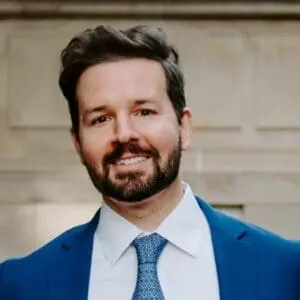Brain science research shows that activating positive emotional states is the fastest route to instilling hope, spurring motivation, and empowering our clients. But how do you help clients access resourceful states when they’re feeling hopeless and helpless?
In the following video, trauma specialist and author Courtney Armstrong explains her approach.
In her Networker article, Armstrong says she treads carefully “before inviting the client to work together to transform a symptom, whose painfulness I always validate, into a quality that increases their sense of power, competence, and purpose… It may be hard for us to recognize that clients’ symptoms can reveal the path to healing,” she continues, “but if we look and listen carefully, we may find that it doesn’t take a detective to uncover their greatest strengths. Often they’re hiding in plain sight.
Courtney Armstrong
Courtney Armstrong, LPC, MHSP, is a Board Certified Fellow in Clinical Hypnotherapy and has trained thousands of mental health professionals in creative, brain-based strategies for healing trauma. She’s a bestselling author of the book, The Therapeutic “Aha!”: 10 Strategies for Getting Clients Unstuck and Transforming Traumatic Grief and is the owner/director of Tamarisk: A Center for Mind-Body Therapy in the state of Tennessee.
Chris Lyford
Chris Lyford is the Senior Editor at Psychotherapy Networker. Previously, he was assistant director and editor of the The Atlantic Post, where he wrote and edited news pieces on the Middle East and Africa. He also formerly worked at The Washington Post, where he wrote local feature pieces for the Metro, Sports, and Style sections. Contact: clyford@psychnetworker.org.













